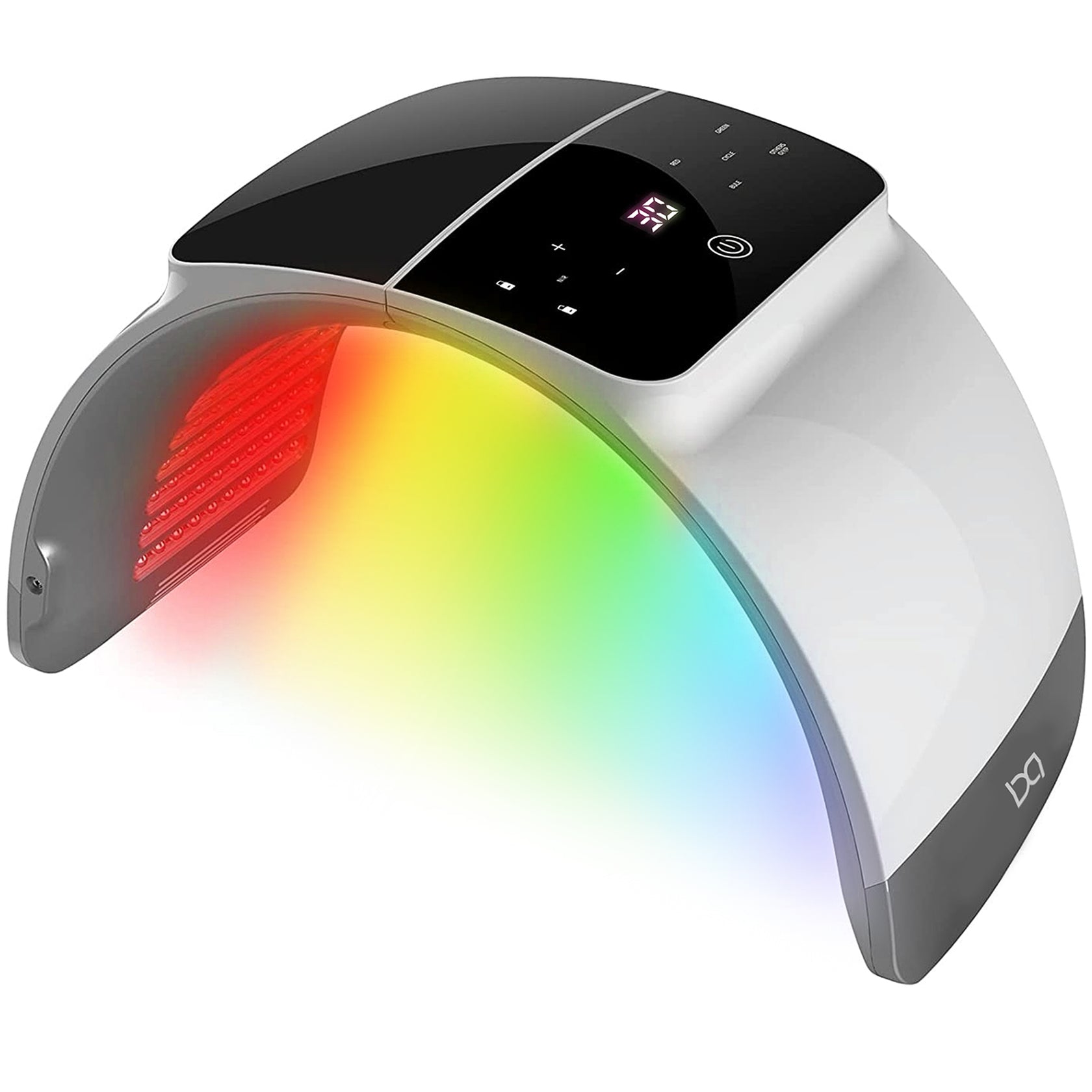The Science Behind Full Body Red Light Therapy
Full Body Red Light Therapy, also known as photobiomodulation, is a non-invasive treatment that utilizes red and near-infrared light to stimulate cellular function. The wavelengths of light used in this therapy penetrate the skin to reach the mitochondria, the powerhouse of the cell, where they enhance energy production and promote healing. This process has been shown to have a range of benefits for the body, making it a popular choice for individuals seeking natural and holistic wellness solutions.
The Benefits of Full Body Red Light Therapy
Unveiling the Benefits of Full Body Red Light Therapy: A Comprehensive Guide reveals the numerous advantages of this treatment. From reducing inflammation and pain to improving skin health and promoting muscle recovery, the benefits of full body red light therapy are truly comprehensive. Athletes, individuals with chronic pain, and those seeking anti-aging solutions can all benefit from the therapeutic effects of red light therapy.
Applications of Full Body Red Light Therapy
Unveiling the Benefits of Full Body Red Light Therapy: A Comprehensive Guide also explores the various applications of this treatment. Whether used in professional settings such as physical therapy clinics and wellness centers, or in the comfort of one's own home through personal red light therapy devices, the versatility of full body red light therapy makes it accessible to a wide range of individuals seeking its benefits.
The Future of Full Body Red Light Therapy
As research into the benefits of full body red light therapy continues to expand, the future of this treatment looks promising. With ongoing studies exploring its potential in areas such as cognitive function, mood enhancement, and even hair regrowth, the possibilities for full body red light therapy are continually evolving. Unveiling the Benefits of Full Body Red Light Therapy: A Comprehensive Guide provides a glimpse into the exciting developments in this field and the potential for even more widespread applications in the future.
